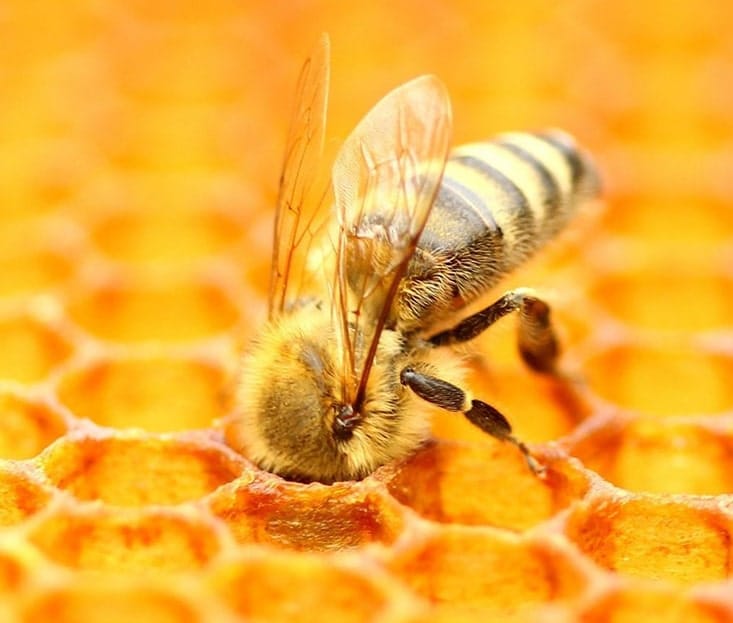
Honey
Quick Access :
General information
General
Information :
Information :
The production of honey requires complex processes. The bees climb onto or into the flower and suck the nectar which is stored in her special honey stomach. Nectar undergoes several chemical process to be converted into honey. Bees keep the honey they produce in honeycombs. They use honeycomb as a nursery, honey factory and food store. To collect 1 kg of honey, bees have to visit hundreds of thousands of flowers and travel almost 7 times around the Earth.
Honey has been used traditionally for ages to treat infectious diseases. Its beneficial role has been endorsed due to its antimicrobial, antiviral, anti-inflammatory and antioxidant activities as well as boosting of the immune system.
Honey has been used traditionally for ages to treat infectious diseases. Its beneficial role has been endorsed due to its antimicrobial, antiviral, anti-inflammatory and antioxidant activities as well as boosting of the immune system.

Honey is one of the most valued natural products introduced to humankind since ancient times. Traditionally, honey is used in the treatment of eye diseases, bronchial asthma, throat infections, tuberculosis, thirst, hiccups, fatigue and wounds. According to modern scientific literature, honey may be useful and has protective effects for the treatment of various disease conditions such as diabetes mellitus, respiratory, gastrointestinal, cardiovascular, and nervous systems.
Product benefits
Honey
Benefits :
- Containing Some Nutrients
- Enriching in Antioxidants
- Being “Less Bad” Than Sugar
- Being useful for Diabetics
- Helping to balance Blood Pressure
- Helping to Improve Cholesterol level
- Balancing to Lower Triglycerides levels
- Being a good source of antioxidants
- Having Antibacterial and anti-fungal properties
- Healing wounds
- Helping digestive issue
- Soothing sore throats
- Concentrating as an energy source
- Being remedy for health and healing
- Being used in skin-care products
- Helping to alleviate symptoms of the common cold
- Helping to relieve the irritation
- Being natural source of carbohydrates
How to Produce
How To
Produce :
Beekeepers using various methods to squeeze or otherwise extract honey from the honeycomb. All the methods have good points and they also have problems. Using an Extractor is one of the easiest and fastest ways to take the honey out of the cells. If Beekeepers do not have an extracting machine, they can take the honey out o0f the frame with spoon. Using a press is another method where wax must be damaged to remove the honey from comb.


Honey is one of the easiest things in your pantry to store. Simply keep it in a cool location away from direct sunlight and in a tightly sealed container. If stored properly, it can essentially stay good for decades, sometimes even longer. The physical properties of honey vary, depending on water content, the type of flora used to produce it (pasturage), temperature, and the proportion of the specific sugars it contains.
The density of honey typically ranges between 1.38 and 1.45 kg/l at 20 °C . Like all sugar compounds, honey caramelizes if heated sufficiently, becoming darker in color, and eventually burns. However, honey contains fructose, which caramelizes at lower temperatures than glucose. The temperature at which caramelization begins varies, depending on the composition, but is typically between 70 and 110 °C (158 and 230 °F). Honey also contains acids, which act as catalysts for caramelization. The specific types of acids and their amounts play a primary role in determining the exact temperature

Packaging
Packaging :
As far as packaging is concerned, there are various options – cups, glasses, cans, buckets. We can provide honey in each quantity that our client wants, there are no limited in weight and destination or in packed.
